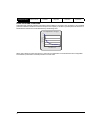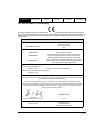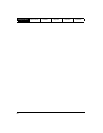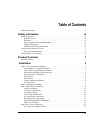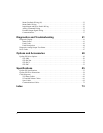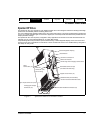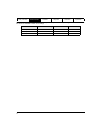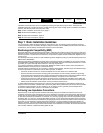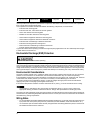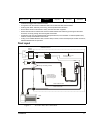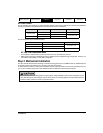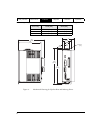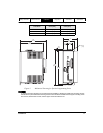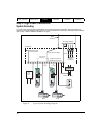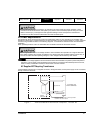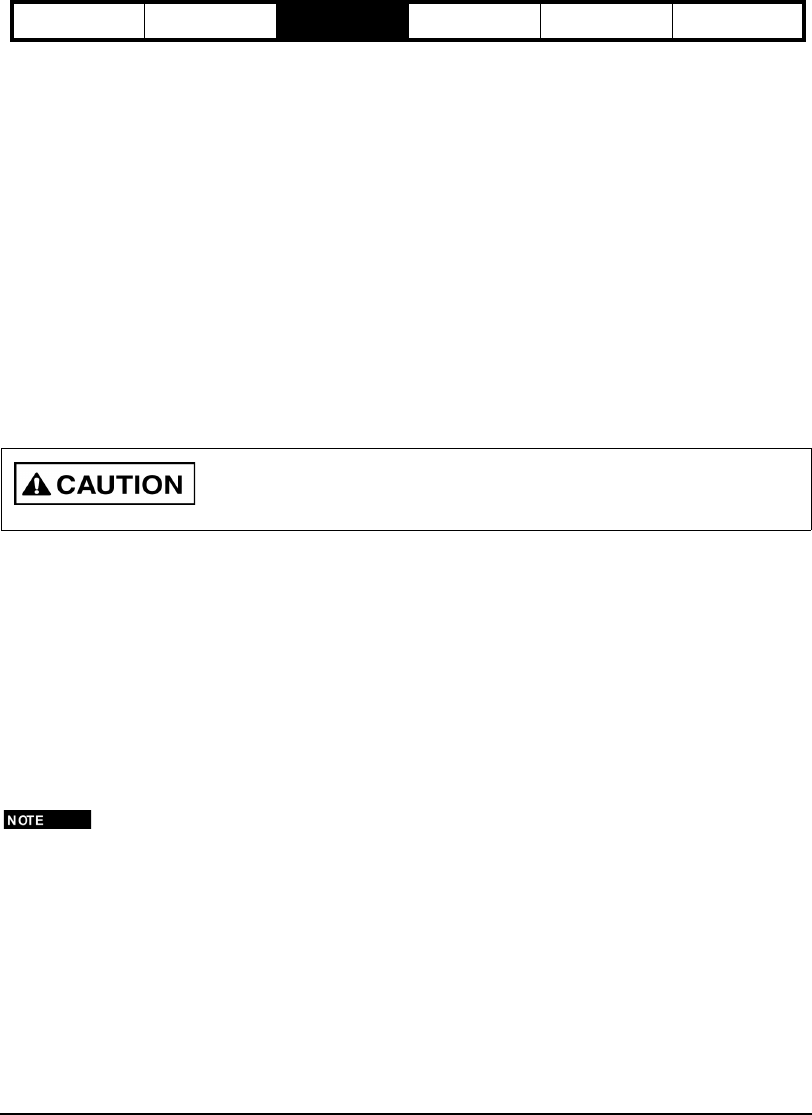
4
Safety Information Product Overview Installation Diagnostics
Options and
Accessories
Specification
Bringing components into direct contact cannot always be achieved. In these situations a conductor must be relied
upon to provide a low impedance path between components. Remember a flat braided wire has lower impedance
than a round wire of a large gauge rating.
A low impedance connection should exist between the following components, but not limited to:
• Enclosure and mounting plate
• Enclosure and door, if door does not have RF gaskets
• Servo drive chassis and mounting plate
• EMI/RFI AC line filter chassis and mounting plate
• Other interface equipment chassis and mounting plate
• Other interface equipment chassis and electrical connectors
• Enclosure and conduit fittings or electrical connectors
• Enclosure mounting plate and earth ground
• Motor frame and conduit fittings or electrical connectors
• Encoder chassis and electrical connector
A good rule to follow when specifying conductors for high frequency applications is to use a metal strap with a length
to width ratio that is less than 3:1.
Electrostatic Discharge (ESD) Protection
Though no damage occurs with electrostatic discharge at levels tested for EMC compliance, ESD directly to the drive
cover can interrupt proper drive operation. ESD to terminals on the breakout boards has not been evaluated because
wiring to these terminals is a maintenance activity. When doing any maintenance activity, make sure static electric
charge is drained off by touching the enclosure away from the drive before contacting the drive or its wiring terminals.
Use of ground straps or other techniques to prevent static buildup is a necessary part of any maintenance activity.
Environmental Considerations
The drive is rated to operate only in a pollution degree 2 environment, meaning that normally only non-conductive
pollution occurs and there is no condensation, but occasional condensation may occur when not operating.
If the installation environment contains atmospheric contaminants such as moisture, oils, conductive dust, chemical
contaminants and metallic particles, you must mount it vertically in a metal NEMA type 12 enclosure.
To prevent operation with condensation present, it is best to energize the logic power several minutes before
applying main power or keep logic power applied continuously.
If the ambient temperature inside the enclosure will exceed 40°C (104°F), you must consider forced air cooling.
It is necessary to maintain the drive surrounding air temperature at 40°C (104°F) or 50°C (122ºF) with
appropriate derating or below to maintain the drive UL ratings. See specifications for derating by model.
The amount of cooling depends on the size of the enclosure, the thermal transfer of the enclosure to the ambient air
and the amount of power being dissipated inside the enclosure. Consult your enclosure manufacturer for assistance
with determining cooling requirements.
Wiring Notes
• To avoid problems associated with EMI (electromagnetic interference), you should route high power lines (AC
input power and motor power) away from low power lines (encoder feedback, serial communications, etc.).
• If a neutral wire (not the same as Earth Ground) is supplied from the building distribution panel, it should never
be bonded with PE wire in the enclosure.
Do not allow ESD to the drive while operating.



